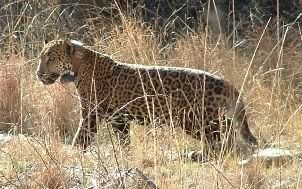Last year there was a lot of discussion about the 2009 Crufts Dog Show after the airing of the special Pedigree Dogs Exposed which I posted here back in December of 2008 (a few months after it had aired).
Today The Independent published a pretty comprehensive summary of the issues surrounding Crufts.
From The Independent:
…In October, the RSPCA announced it would boycott Crufts 2009 because of its concerns for the welfare of certain dogs. The Pedigree pet-food company, makers of Chum, withdrew its sponsorship. Stung, the Kennel Club promised to review all 209 pedigree breeds in the UK to determine their susceptibility to disease, and publish its findings in 2009.
Unimpressed, the BBC threatened to pull the plug on its coverage of Crufts unless the Club agreed to ban certain “at-risk” breeds from being shown. They were: basset hounds, Clumber spaniels, Dogues de Bordeaux, mastiffs, Neapolitan mastiffs, pekes, bloodhounds, shar peis, St Bernards, chows, German shepherds, bulldogs and Rhodesian ridgebacks. Irving flatly refused, “as it would compromise both contractual obligations and our general responsibility to dog exhibitors and our audience”. The BBC retaliated by announcing, on 11 December, that they wouldn’t televise Crufts this year, even though their present contract runs to 2010.
Despite all the outcry, the 118th Crufts Dog Show will take place from March 5-8, 2009. About 28,000 dogs will attend and participate over those few days.
Because of the BBC boycot over televising the event, The Kennel Club has arranged for the show will be broadcast online via CruftsLive.Tv and the group has gone very web 2.0.
Even so, the media and public outcry looks like it will continue to haunt the show. Many purebred dog breeders are blaming The Kennel Club for the adverse publicity and the comments they get when they are out in public with their purebred animals.
An anti-cruelty demonstration will take place just outside of NEC, Birmingham, where the show is held.
The Kennel Club response? It is an event that is “Celebrating Happy, Healthy Dogs” but it seems that a lot of people don’t believe it.
What do you believe? Leave a comment below.
 Back in 1996 I was following the excitement surround the sightings of jaguars (Panthera onca) in the United States near the border of Mexico.
Back in 1996 I was following the excitement surround the sightings of jaguars (Panthera onca) in the United States near the border of Mexico.
